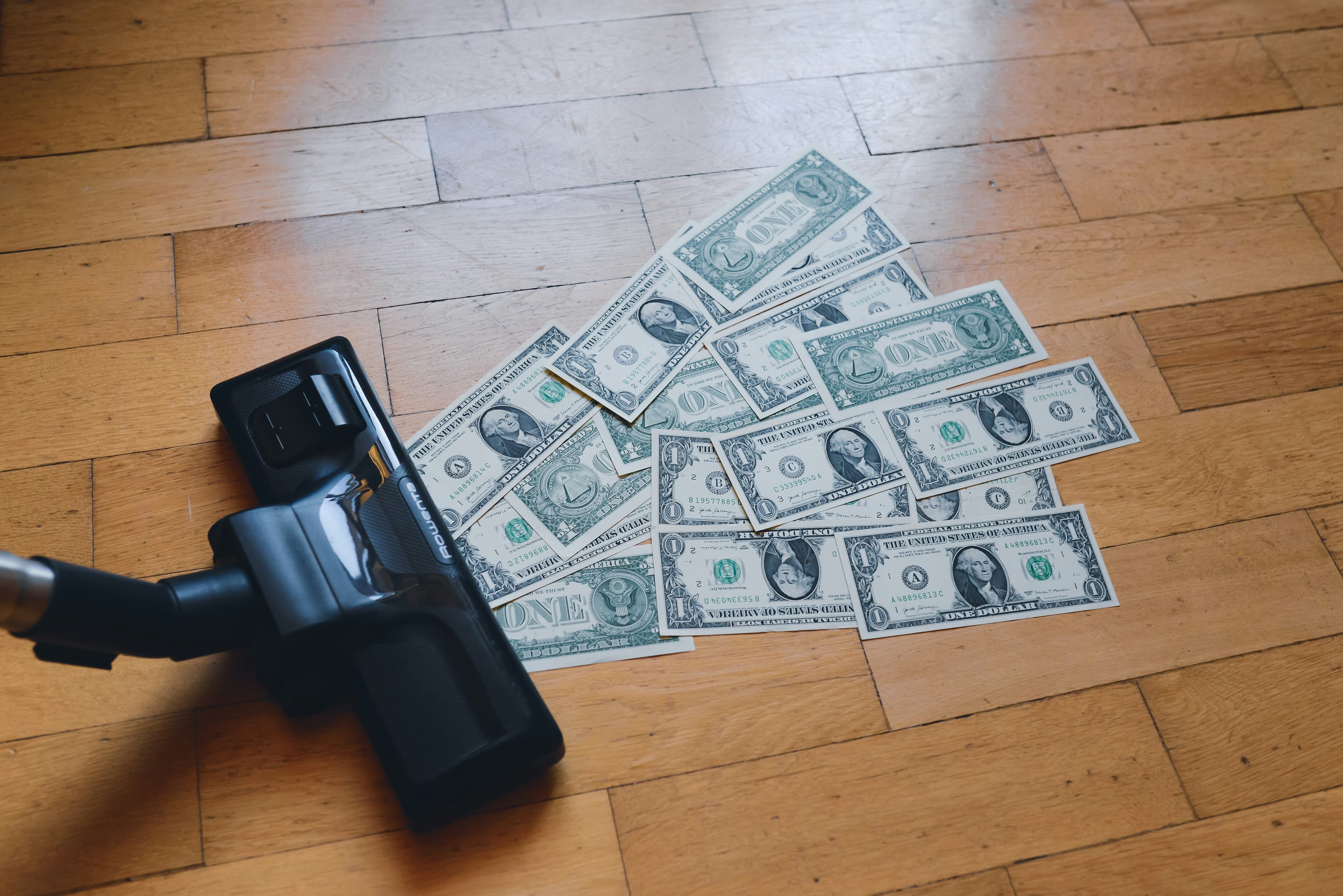Your Financial Checklist for Buying a Home

Buying a home is easily the biggest purchase you'll ever make. For most of us, it’s also an incredibly emotional and stressful journey. There’s a mountain of information to digest to make smart decisions, from figuring out if ownership is right for you to understanding the fine print on a mortgage. Think of it as the ultimate ; it requires careful planning and a clear understanding of how you're for the long term.
Getting Your Finances in Order
Before you even start scrolling through listings, you need to get your financial house in order. Start by building a solid track record of paying your bills on time. In the months leading up to your house hunt, you’ll want to hit pause on applying for new loans or credit cards. Focus on paying down as much debt as you can—this not only helps you qualify for a better loan but also frees up your income after you move in.
First things first, pull your credit report. It’s the very first thing a lender will look at. Scour it for any inaccuracies or red flags, and be ready to explain any late payments. This is also the perfect time to get a complete picture of your financial health. If you haven’t drawn up a net worth statement or a monthly budget, now is the time. You need to be realistic about whether you can handle a mortgage payment on top of your existing debts and the new costs that come with owning a home.
Don't Let Your Dream House Become a Prison
You might feel like your dream home is worth any sacrifice, but becoming “house poor” is a real problem. Years of skipping vacations, driving an old car, and cutting out simple joys can make that dream feel more like a cage. It can also put a serious strain on your relationships.
A good rule of thumb is to aim for a house that costs less than two and a half times your annual income. So, if you make $50,000 a year, you should probably keep your search focused on homes under $125,000.
Coming Up with the Down Payment
A down payment is the cash you pay upfront, and it directly reduces the amount you need to borrow. A bigger down payment means a smaller loan and lower monthly payments. But saving up a large sum for the down payment and closing costs (which also require cash) is a challenge.
Here are a few ways to build up that fund:
- For a few months, cut your spending to the absolute minimum and bank every extra dollar.
- Any extra money that comes your way—tax refunds, bonuses, cash gifts—should go directly into your house fund.
- A relative might offer a loan, but be careful. You must legally declare this as a debt to your mortgage lender, which could affect your qualification. Otherwise, your lender will need a formal statement confirming the money is a gift.
- If you’re selling a home, you can apply the equity you’ve built toward the down payment on your new one.
- Borrowing from your retirement account can be an option, but weigh this decision carefully.
Understanding How Mortgages Work
A mortgage is simply the legal contract for the loan you get to buy a property. It clearly states that if you fail to make your payments, the lender can take the property back and sell it to recover their money in a process called foreclosure.
Principal and Interest
Your mortgage payment is split into two parts: principal (the amount you borrowed) and interest (the fee for borrowing). In the beginning, a huge chunk of your payment goes toward interest. On a typical 30-year mortgage, it can take over 20 years before more of your payment starts going toward the principal. For example, on a $100,000 loan at 7% interest, you’d pay nearly $8,000 in the first year, but only about $1,000 would actually reduce your loan balance. Over 30 years, you’d pay back the $100,000 plus an additional $139,509 in interest.
Private Mortgage Insurance (PMI)
If you can’t make a 20% down payment, you’ll likely need private mortgage insurance, or PMI. This insurance protects the lender if you default on the loan. It typically costs between $40 and $100 per month and is rolled into your mortgage payment. The good news is that under federal law, lenders must automatically cancel PMI once your equity reaches 22% of the home's original appraised value. You can also request to have it removed once you reach 20% equity. Don't pay for a service to do this for you; just call your lender directly. Note that FHA and VA loans don't require PMI because they're already backed by the government.
Different Types of Mortgages
Not all mortgages are created equal. To make the best choice, it helps to understand the basic types available.
- These are the most common, with terms of 15, 20, or 30 years and an interest rate that stays the same. A 15-year loan has higher monthly payments, but you'll build equity faster and save a massive amount in interest. For a $150,000 loan at 6%, a 15-year term could save you over $95,000 in interest compared to a 30-year term.
- ARMs start with a lower interest rate that changes over time, tied to a financial index. The rate is fixed for an initial period (like five years) and then adjusts periodically. This can be a good option if you plan to sell the house in a few years, but it's risky if interest rates rise.
- These offer lower rates for a short term, usually five to seven years. At the end of the term, the entire remaining balance is due. You have to pay it off or refinance at whatever the current market rates are.
- For a set period, you only pay the interest on the loan, not the principal. This means lower monthly payments, but your loan balance doesn't decrease. After the interest-only period ends, your payments can jump significantly. These are best for strategic buyers who anticipate a large cash influx.
- FHA and VA loans make homeownership accessible for those who might not qualify for a conventional loan. FHA loans allow for down payments as low as 3%, while VA loans (for veterans) may require no down payment at all.
The Home-Buying Process Step-by-Step
Once you're ready, the real journey begins. This is where and anyone with a tight budget comes into play. You need discipline and a clear plan.
Figuring Out What You Can Afford
Lenders generally use two guidelines. First, your total housing cost—principal, interest, taxes, and insurance (PITI)—shouldn't be more than 28% of your gross monthly income. Second, your PITI plus all your other long-term debts (car loans, student loans, etc.) shouldn't exceed 36% of your gross income. Use an online mortgage calculator to play with the numbers and see what's realistic for your budget.
Getting Prequalified vs. Preapproved
Getting your financing sorted out early is a smart move. Prequalification is a lender's estimate of what you might be able to borrow. Preapproval is much stronger; it means the lender has reviewed your finances and approved you for a specific loan amount. A preapproval letter makes your offer much more attractive to sellers. To get there, you'll need to provide extensive documentation, including W-2s, tax returns, bank statements, and a list of all your debts and assets.
Making an Offer and Closing the Deal
When you find the right house, you’ll make a bid that includes your offer price and financing details. Once the seller accepts, you'll arrange for a home inspection to check the property's core systems. The formal contract should include contingencies for financing, a home inspection, and the seller’s ability to provide a clear title.
Before the final closing, you'll do a final walk-through. At the closing table, you'll need a paid homeowner's insurance policy, photo ID, and a certified or cashier’s check for the closing costs. These costs, which are separate from your down payment, typically run 3% to 6% of the loan amount and cover fees for attorneys, title insurance, lenders, and more.
Don't Forget the Other Costs and Tax Benefits
Your mortgage payment is just the beginning. You also need to budget for property taxes, homeowner’s insurance, repairs, utilities, and maintenance. Owning a home comes with tax advantages—you can deduct your mortgage interest and property taxes, which can lead to significant savings. Your lender will send you a Form 1098 each year detailing the interest you paid.
Ultimately, successful starts with a solid foundation. By understanding the true costs, managing your finances diligently, and choosing the right mortgage, you can turn the dream of homeownership into a smart financial reality. This is more than a purchase; it’s a commitment to sound principles applied to the biggest asset you'll likely ever own.








